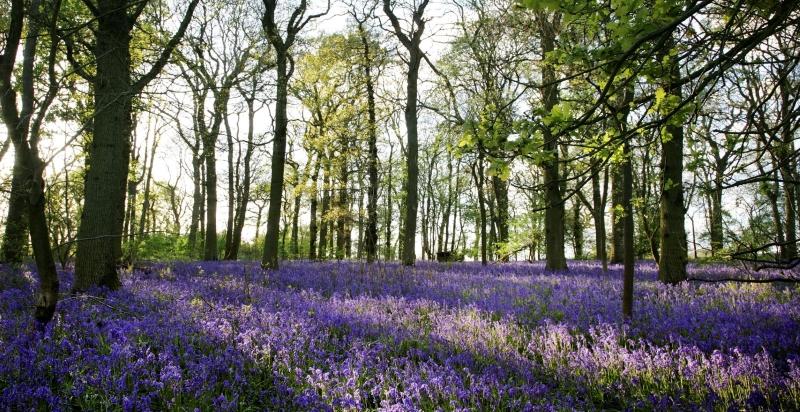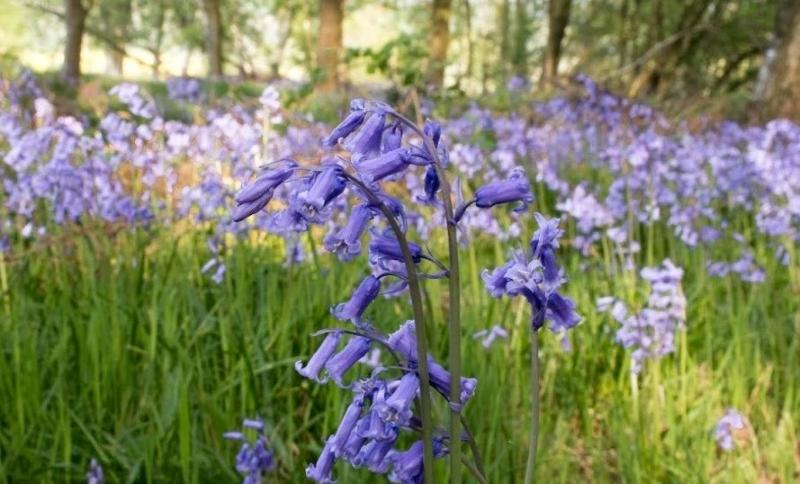
Bluebells signal the arrival of spring
A vibrant blanket of bluebells stretching across a woodland floor is a sure sign spring has arrived.
A woodland favourite
The scientific name for the English bluebell is Hyacinthoides non-scripta, which literally translates as an ‘unmarked hyacinth’. This beautiful wildflower thrives in broadleaf woodlands, and the ancient areas of the Heart of England Forest are no exception.
Flowering in mid-April to late May (dependent on weather conditions), bluebells make the most of the sunlight that reaches the woodland floor before the full forest canopy casts its shade. Millions of bulbs may grow closely together in one parcel of woodland, creating a stunning blue-violet display.
An ancient woodland indicator
English bluebells have been recorded in wooded areas since the early 1500s, and their existence can indicate an ancient woodland. The definition of an ancient woodland is one that has existed continuously since at least 1600 AD.
Within the 7,000 acres of the Heart of England Forest are 600 acres of beautiful, mature and ancient woodland. The new planting in the Forest will eventually become ancient too, providing continuity and a home for species such as the bluebell for generations to come.

English versus Spanish bluebells
Victorian times saw the introduction of the Spanish bluebell as a garden plant. Having been planted in the wild it now crossbreeds with the native bluebell, so the latter has now been designated as a protected species. In fact, it is a criminal offence to uproot a wild English bluebell from land on which it naturally grows.
So, how do you know if a bluebell is English or Spanish? The Spanish bluebell is very similar in appearance to the English bluebell, but there are some differences to look out for. English bluebells are a vivid blue-violet colour with a strong, sweet scent. The Spanish version is paler and can give off a faintly unpleasant, onion-like smell. The shape differs, too: the outer parts (tepals) of the native bluebell are strongly recurved, while the Spanish bluebell is a gentle bell shape. Spanish bluebells also grow upright, while the English species droop to one side.
Bringing the bluebells to you
Each spring we open a usually closed area of the Forest which offers a spectacular sea of bluebells. This year it won’t be possible to run our popular bluebell event due to Covid-19, but we will be bringing the bluebells to you on our social media channels instead. Follow us on Facebook, Twitter or Instagram to get your Forest fix.



